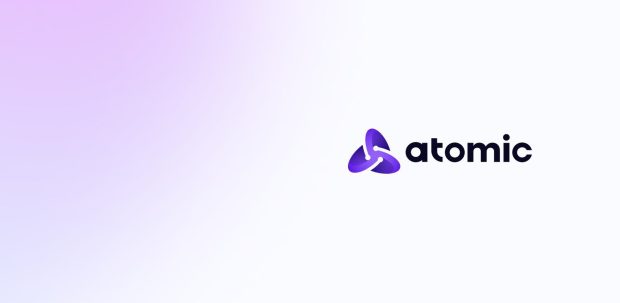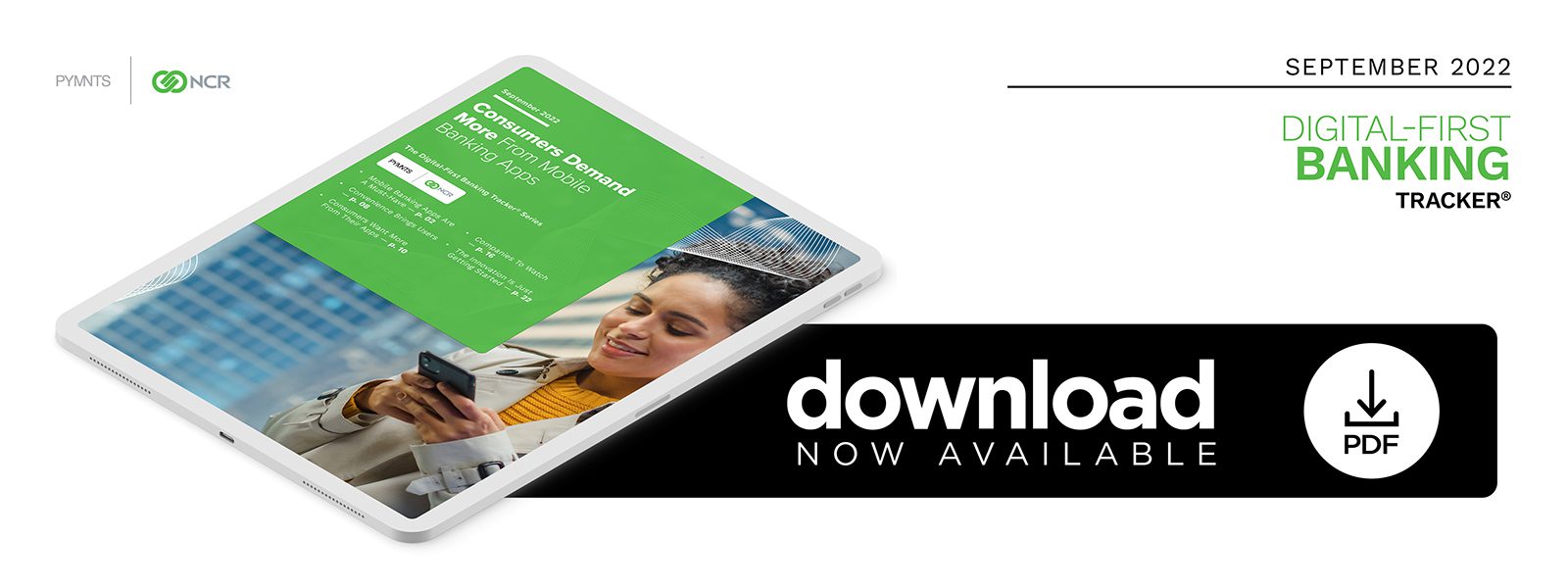Insiders Explain Why Employee Payments Are Ripe for Digital Innovation

Last year, 76% of Americans used their banks’ mobile apps to conduct everyday banking tasks, from depositing checks to viewing statements, yet Atomic’s Lindsay Davis says more is needed to keep customers loyal.
An interview with Lindsay Davis, head of markets at Atomic, on how the company is improving the payroll experience through digital innovation.
—
With a growing portion of consumers interested in using digital technology to handle their financial affairs more effectively, financial institutions (FIs) and FinTechs are stepping up to meet this demand. One area that is ripe for innovation is the payroll space.
Today, a consumer either logs in to their payroll system and manually keys in their bank account and routing number, potentially including any sub-accounts that they want to fund fractionally, or they set it up through their FI, which involves the FI giving them a physical form or digital PDF with instructions to supply that to their human resources department, Lindsay Davis, head of markets at Atomic, said in a recent interview with PYMNTS.
“So today, it is really disjointed and disconnected, [and] the experience [is] highly prone to drop-off; you’re maybe going to do it and maybe do it later. But what Atomic does is it embeds [the payroll onboarding experience] within the financial application, either desktop or mobile.”
Using application programming interfaces (APIs), Atomic provides digital infrastructure for a quick, seamless payroll setup. Consumers using Atomic’s payroll solution can set up direct deposit by using Atomic’s handy search feature, which allows the user to connect their payroll provider directly to their bank account without having to leave the app.
“You log in using your user password and that’s it,” said Davis. “We’re pulling the data that you asked Atomic to pull in, so you don’t have to do anything else. You don’t have to physically download anything, you don’t have to send [your information] anywhere and you don’t have to key in anything. And it can happen in as little as one pay cycle.”
Atomic is highly customizable. Davis explained that the speed of the onboarding process is variable, meaning that it can be configured as quickly or slowly as the end customer needs. Moreover, Atomic’s technology has enough connections that the majority of the payroll market is covered.
• Atomic supports more than 480 payroll integrations, meaning that it covers 75% of the workforce, equating to nearly 120 million workers.
Providing such extensive coverage was the biggest pain point Atomic had to overcome while designing and implementing its solution.
• It took 16 months for Atomic to go live with its solution, signaling how complex the process of designing a financial services app can be. Atomic formed in August 2019 and went live with the first cohort of customers in December 2020.
Atomic’s solution is part and parcel of the push for more digital-first experiences in the financial services industry. Davis noted that much of this trend is fueled by the need to redesign financial solutions and products to conform to younger consumers’ expectations, which are increasingly centered around digital-first experiences that make these tasks easier and more effective.
“In response to this trend, we enabled the account opening and onboarding process to go more smoothly,” she said.

